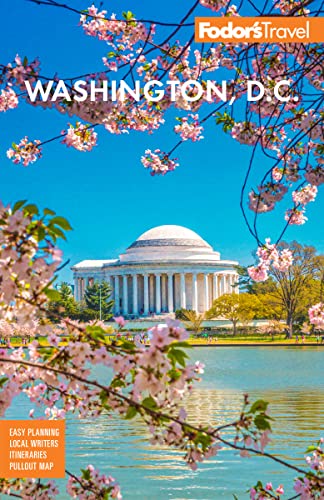For International Travelers
Currency
The dollar is the basic unit of U.S. currency. It has 100 cents. Coins are the penny (1¢); the nickel (5¢), dime (10¢), quarter (25¢), and half-dollar (50¢). In 2010, the U.S. mint began distributing a line of presidential $1 coins. There's also the very rare golden $1 coin and even rarer silver $1. Bills are denominated $1, $5, $10, $20, $50, and $100, all mostly green and identical in size; designs and background tints vary. You may come across a $2 bill, but the chances are slim.
Customs
U.S. Customs and Border Protection. www.cbp.gov.
Driving
Driving in the United States is on the right. Speed limits are posted in miles per hour (usually between 55 mph and 70 mph). Watch for lower limits in small towns and on back roads (usually 25 mph to 40 mph). Most states require front-seat passengers to wear seat belts; many states require children to sit in the backseat and to wear seat belts. In major cities rush hour is between 7 am and 10 am; afternoon rush hour is between 4 pm and 7 pm. The traffic around Washington, though, is some of the worst in the country, often extending rush hour in the Maryland and Virginia suburbs well beyond these windows. To encourage carpooling, some freeways have special lanes, ordinarily marked with a diamond, for high-occupancy vehicles (HOV)—cars carrying two people or more.
Highways are well paved. Interstates—limited-access, multilane highways designated with an "I–" before the number—are fastest. Interstates with three-digit numbers circle urban areas, which may also have other limited-access expressways, freeways, and parkways. Tolls may be levied on limited-access highways. U.S. and state highways aren't necessarily limited-access, but may have several lanes.
Gas stations are plentiful. Most stay open late (24 hours along major highways and in big cities) except in rural areas, where Sunday hours are limited and where you may drive for long stretches without a refueling opportunity. Along larger highways, roadside stops with restrooms, fast-food restaurants, and sundries stores are well spaced. State police and tow trucks patrol major highways. If your car breaks down on an interstate, pull onto the shoulder and wait for help, or have your passengers wait while you walk to an emergency phone (available in most states). If you carry a cell phone, dial *55, noting your location on the small green roadside mileage marker.
Electricity
The U.S. standard is AC, 110 volts/60 cycles. Plugs have two flat pins set parallel to each other.
Holidays
New Year's Day (Jan. 1); Martin Luther King Jr. Day (3rd Mon. in Jan.); Presidents' Day (3rd Mon. in Feb.); Memorial Day (last Mon. in May); Independence Day (July 4); Labor Day (1st Mon. in Sept.); Columbus Day (2nd Mon. in Oct.); Thanksgiving Day (4th Thurs. in Nov.); Christmas Eve and Christmas Day (Dec. 24 and 25); and New Year's Eve (Dec. 31).
You can buy stamps and send letters and parcels in post offices. The United States no longer makes aerograms. Stamp-dispensing machines can occasionally be found in airports, bus and train stations, office buildings, drugstores, and convenience stores. U.S. mailboxes are stout, dark-blue steel bins; pickup schedules are posted inside the bin (pull down the handle to see them).




